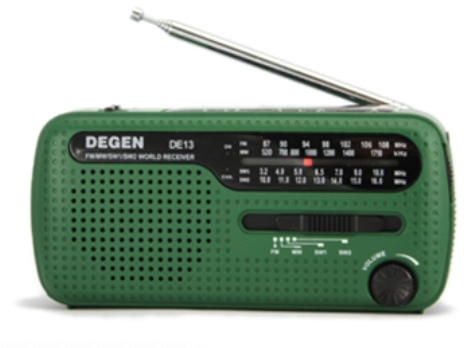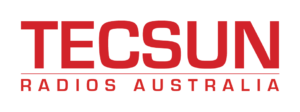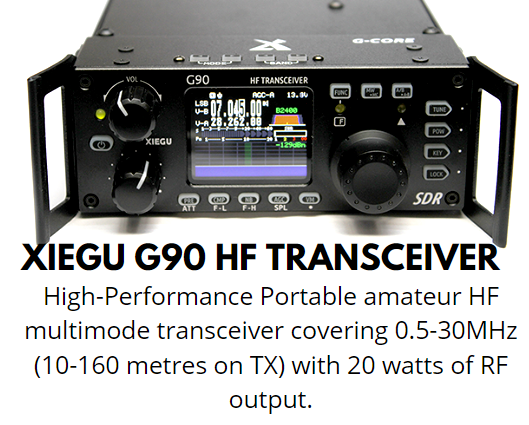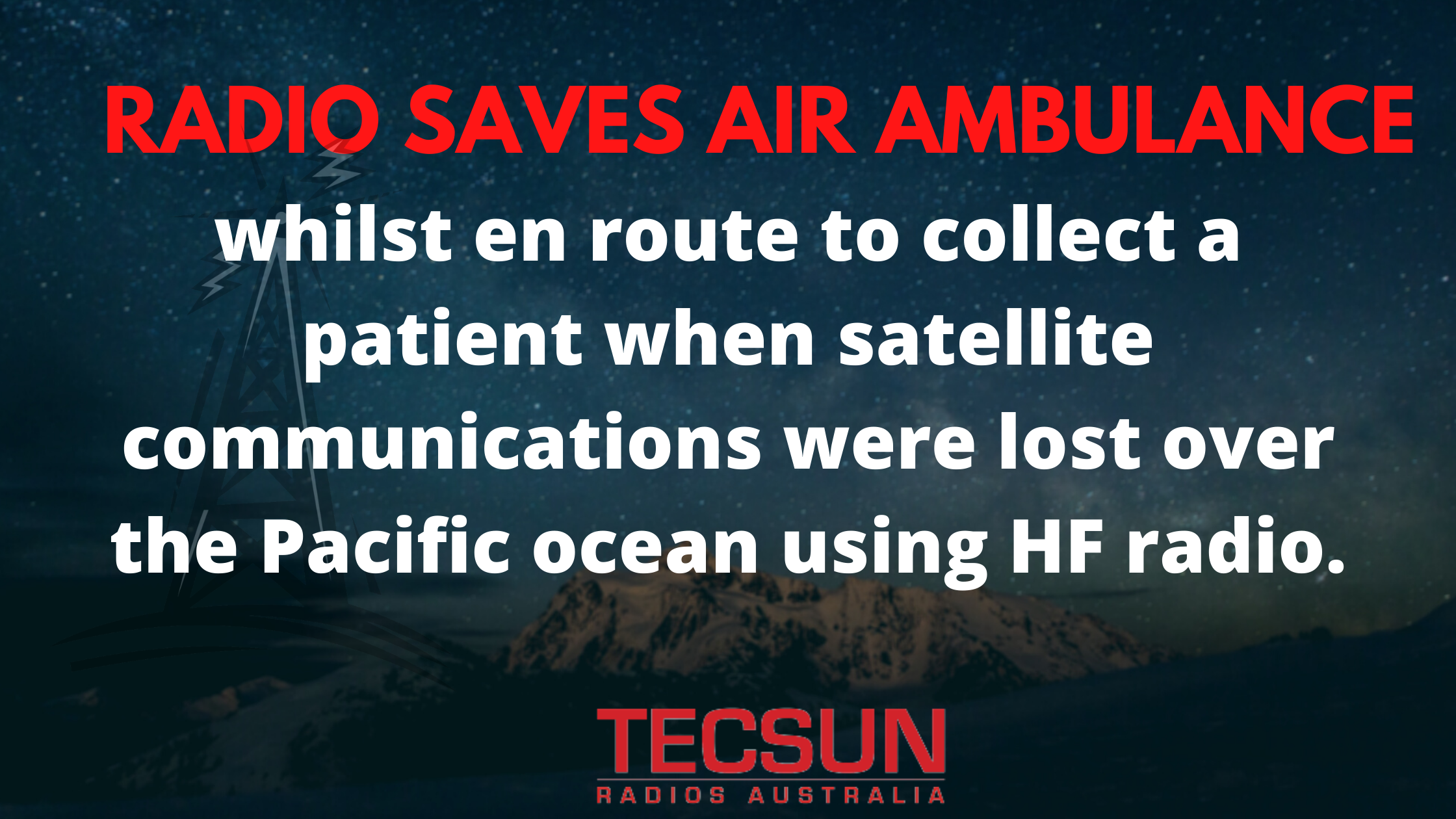
Imagine flying off the coast over a vast ocean when your communications are lost.
Regular weather condition reports, particularly regarding strong headwinds are vital to the successful flight and landing of an airplane.
On July 9, an air ambulance departing Santiago De Chile to collect a patient on Easter Island lost satellite communications more than 1600Km from land.
Out of VHF range and with an inoperative satellite link, the fast thinking pilot tuned the aircraft HF radio to 7100Khz, the net frequency of the Peruvian Refief Chain who had just finished conducting a training exercise.
Fortunately for the pilot, 2 amateur radio operators Guillermo Guerra OA4DTU and Giancario Passalacqua OA4DSN, were still on frequency and able to respond to the aircraft. Together they communicated via HF with the aircraft and by telephone with the Ocean Air Control who have control of aircraft movements in the 32 million square kilometre Pacific Ocean Area off the coast of Chile.

Meanwhile other amateur radio operators rejoined the frequency ready to provide assistance if necessary.
OAC were already in a state of alert since losing communications with the aircraft and as the backup HF communications system at Easter Island was out of service.
After 10 or so phone calls between the amateurs and OAC, providing aircraft position reports and advising weather conditions over a period of 3 hours, VHF communications was established with the control tower on Easter Island, and the aircraft made a successful approach and landing.
Have you considered or XIEGU G90 Transceiver?
The XIEGU is available on our website, click here to read all about it!
Article written by Tecsun radios Australia from Source: qrznow.com

Amateur Radio networks are providing worldwide communications and vital social communications during the current pandemic.
During the COVID-19 pandemic and subsequent lockdown, most of the population have resorted to Chat and video conferencing Apps to stay in touch.
Around Australia, there are hundreds of people staying in touch using an older, more traditional means, amateur radio.
Every day, regular Amateur radio “nets” (which are simply on on-air gathering of amateur operators) are in use, providing operators with a means of communicating with their fellow hobbyists on a daily basis. These “nets” appear at the same time, every day, and on the same frequency.
A net comprises several amateur radio stations, all operating in turn on the same frequency at a pre-determined time of day.
Nets for purely social use cover many subjects such as current weather conditions, ionospheric conditions, and propagation, equipment type in use, and modifications. These nets primarily use the 80 and 40 metre, amateur bands. They provide a great way to keep in touch, in isolation. Newcomers are always made welcome and shortwave listeners are also acknowledged by many operators.
Other examples of daily nets are the Kandos Net on 7093Khz, the Southern Cross Dx Net on 14238Khz, the ANZA DX Net on 14183KHz, and the Dx Net on 7130Khz (Monday, Wednesday and Friday).
There are also nets used for a specific purpose, such as the “Pacific Seafarers Net” on 14300Khz in the 20 metre amateur band, catering for amateur radio operators at sea. The Australian Travellers Network operates on 14.116 and 21,185Mhz. These 2 frequencies are manned from 1200AEST daily.
The amateur organisation WICEN (Wireless Institute Civil Emergency Network) also activates nets during emergency conditions. The east coast bushfires in 2019 are an example of this. When the NSW Govt declared a state of emergency, WICEN activated an emergency net and sent operators to provide logistical support for the RFS.
Specific emergency frequencies have been allocated for disaster support. They are: 3600, 7110, 14300, 18160 and 21360Khz. Amateur operators monitor these frequencies during natural disasters.
These nets make fascinating listening for shortwave enthusiasts, whilst providing an open communications link for those in isolation.
If you are looking to add a shortwave radio to your collection we have a fantastic selection available on our webshop like The Tecsun PL880 Radio
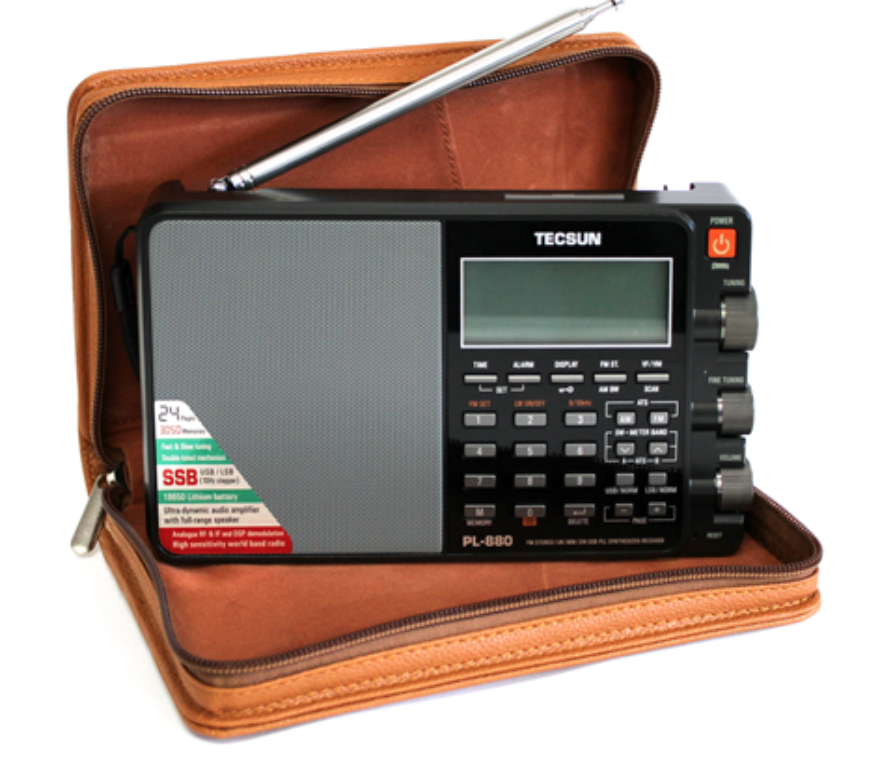
The PL880 receiver covers the entire shortwave range (100-29999KHz), Longwave, FM and AM broadcast bands.
If you are looking for a classic style desktop radio we recommend The Tecsun S2000 Desktop Radio.
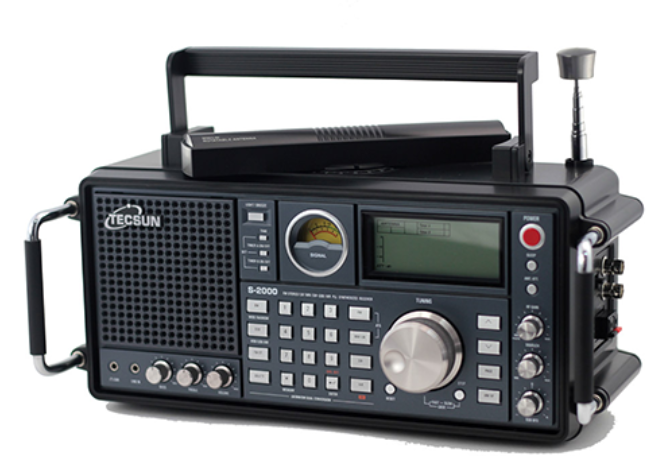
The Tecsun S2000 Desktop Radio is the ultimate desktop listeners radio that allows you to listen to AM, FM, shortwave, longwave and VHF Air Band broadcasts all on the one radio.
If you are looking for digital radio, a shortwave radio, or a pocket radio, click here to shop our entire range.
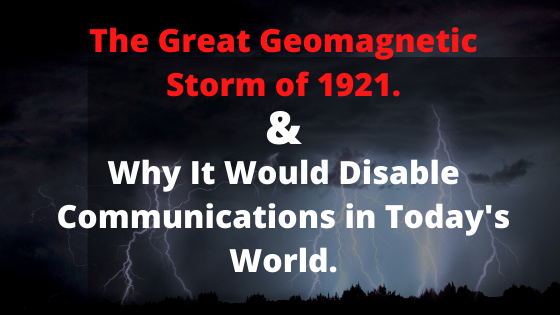
On the 99 year anniversary of what could be considered the most catastrophic geomagnetic event in human history, we should consider our vulnerability.
Geomagnetic storms are caused by immense activity on the surface of the Sun. Events such as Sunspots, solar flares and Coronal Mass Ejections of billions of tons of plasma into space at thousands of kilometers per hour can cause havoc with communications networks affecting our modern lives. In this age of satellite communications, where humans are more and more reliant on all forms of wireless communications, we are even more susceptible to damage from such events.
The worst example of this called the “Carrington Event” took place in September 1859 and is the most powerful geomagnetic storm on record. However an event called the “New York Railroad Storm” on May 16 1821 may well hold the record for the most damage caused. This storm began with a sunspot that was 105,000Km long and 34000 kilometers wide.
This event caused three major fires in the US, Canada, and Sweden. The fire in Brewster NY, was caused by strong induced currents in telegraph wires at a railway station which burned to the ground. The second fire destroyed a telephone exchange in Sweden and the third occurred in Ontario. Scientific observations at the time, including one taken at Watheroo WA, show reports of large earth currents flowing in telegraph and telephone systems, 15mA in South Australia, 50mA in Western Australia, and 200mA in Sweden. In New York and Chicago, these currents induced voltages of over 1000 volts.
More recently, on March 13 1989, a solar storm disrupted power in Canada. Ground induced currents caused by solar activity entered the power grid of the Hydro-Quebec Power Authority and caused the entire grid to collapse for 9 hours. Six million people were affected. The event also caused a loss of communications with several geostationary satellites and interfered with Radio Free Europe shortwave radio broadcasts.
Now almost 100 years since the 1921 event, we have developed a larger electrical and communications network which is even more susceptible to geomagnetic interference. If an event such as the “New York Railroad Storm” were to occur today, the damage would undoubtedly disable parts of the global power grid and consumer electronics at an unprecedented level.
Would you be prepared if power was lost during a storm? As we have seen during recent weather events communication is vital and having a backup plan is imperative.
Here at Tecsun Radios Australia, we stock some of the best emergency radios. Featuring solar powered and hand crank options ensuring that even if the power has been out for days or you are out of batteries you are still able to receive emergency announcements and coverage.
We recommend the Tecsun DE13 Emergency AM/FM/SW Solar Radio Solar Powered Radio with inbuilt Hand Crank Dynamo Charging. Get it here.
